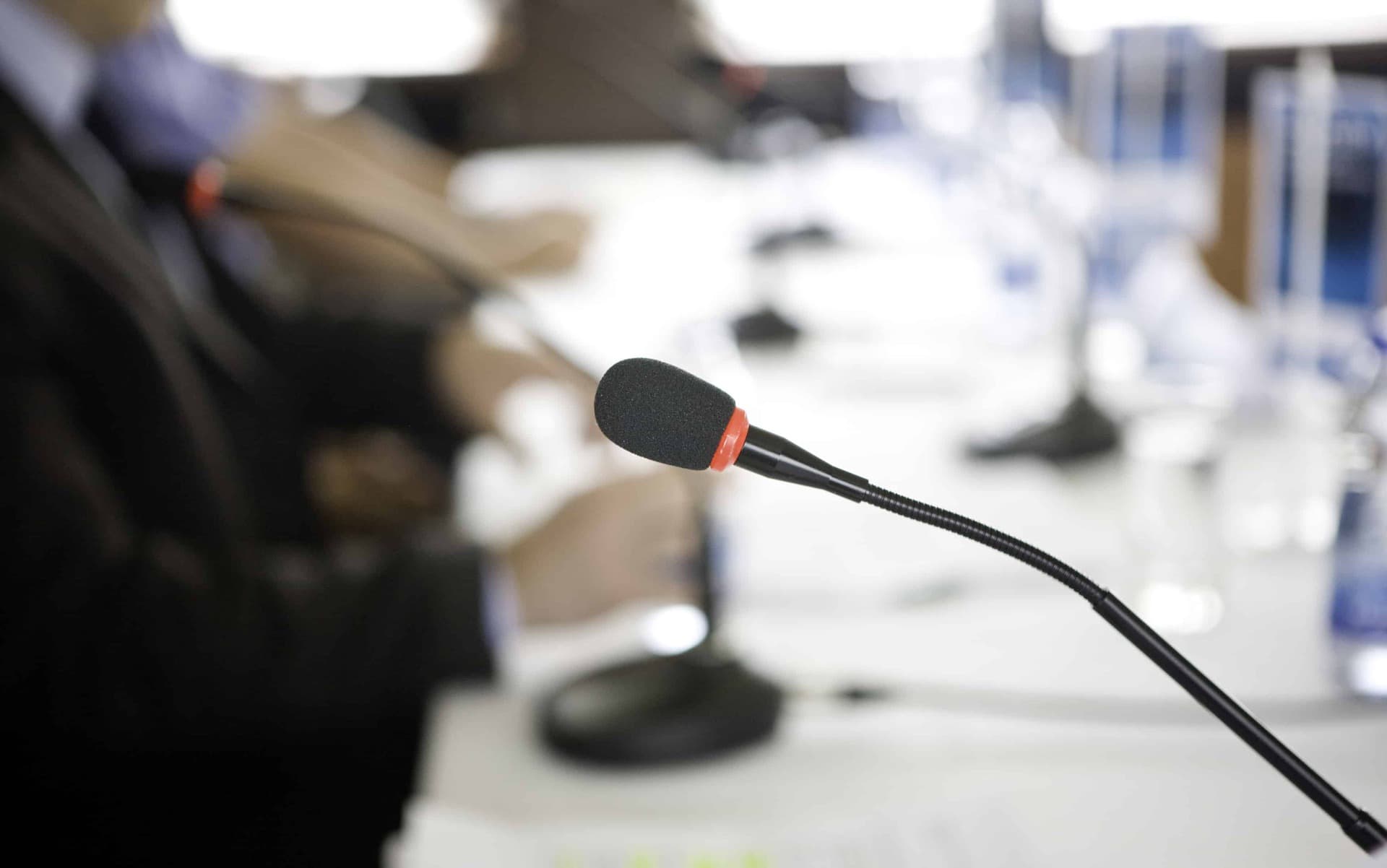
By Gordon Zimmerman, Ph.D., and William Brunson, Esq.
The panel format is one of the most frequently used methods in in-state judicial education conferences and seminars. Unfortunately, the format is also often one of the least satisfying methods for participants because the panelists don’t develop specific learning objectives.
The format is well-known. The moderator introduces the panelists, and each takes his or her turn with a 10-20 minute lecture. If time remains (and it often doesn’t), the moderator allows questions from the learners.
For anybody who has been stuck in a boring or uneventful panel discussion, we all know the frequent pitfalls of this method: panelists can speak through their allotted time; questions get tangential; lectures are incohesive; and a lack of audiovisual aids.
For each participant in the panel discussion – moderators and panelists – consider the following to revitalize your panel presentation.
Moderators and panelists both should:
- Develop learning objectives that are learner-centered, achievable, and clear.
- Assign panelists to address particular learning objectives.
- View themselves as a “teaching team” and work cooperatively to assist the learners in achieving the learning objectives.
- Develop cohesive materials that support the panel presentation.
- Use a variety of learning activities including debate, case studies, quizzes, and other interactive techniques that will involve the learners.
The moderator should:
- Perform a needs assessment to ensure the panel will meet the needs of the attending participants.
- Take responsibility for coordinating the efforts of the panelists before and during the session.
- Develop questions for each panelist (usually different questions for each) including some case studies that are realistic issues that the learners are likely to face.
- Select panelists that have different points of view. If all panelists share the same point of view, the panel is not likely to be as interesting.
- Select panelists who are diverse in gender, race, ethnicity, geography, etc.
- Create a program plan that defines the opening, the learning objectives, the learning activities, the closing, the audiovisual aids, and the materials.
- Coordinate materials that the panelists provide ensuring cohesiveness.
The panelists should:
- Prepare materials that specifically address the questions that the moderator is going to pose.
- Draft materials that support their presentations.
- Create audiovisual aids that will assist the participants in reaching the learning objectives.
- Provide additional resources (e.g., checklists, annotated bibliographies, sample orders, etc.) that the learners can use after the session.
Methods for “Energizing” the Panel Discussion: Use a Variety of Learning Activities
Extended periods of passive learning – listening – can dwindle an audience’s attention rapidly. Using learning activities is a great way to energize the panel discussion and keep the audience engaged. Below are some examples of potential learning activities.
The Position Statement
- One panelist presents the basic information (e.g., data, issues, philosophy, trends, problems, etc.).
- Other panelists provide focus, critique, analysis based on the position statement.
- The moderator fields questions and channels them to appropriate panelists.
Written Learner Questions
- The learners receive cards in their materials encouraging them to write specific questions as they hear presentations.
- Staff members collect the question cards and provide them to the panel moderator.
- The moderator reviews the cards and asks especially relevant questions.
- The moderator channels the questions to the appropriate panelist (ensuring relatively equal time).
The Debate
- The moderator provides an overview of the topic and issues.
- Panelist #1 presents arguments and data in favor of a position or a procedure.
- Panelist #2 presents counter arguments and data or other opposing position.
- The moderator seeks specific questions or challenges from the learners on each position in turn.
- Each “debater” presents a brief rebuttal.
Case Studies
- The moderator and/or panelists draft case studies that are realistic, relatively brief, and provocative.
- The moderator can ask the learners to meet in groups to prepare responses or to prepare responses on an individual basis.
- The moderator elicits responses to each case, asking respondents to participate who don’t repeat the previous response.
- The moderator may ask the panelists if their responses would differ in some way.
Self-Tests
- Prior to the session, the moderator and/or panelists create(s) a self-test for the learners to complete.
- All learners answer the self-test questions and retain for later “score-your-own-paper” feedback session
- The panelists present the content as usual, and the moderator reviews “correct” or “best” answers at the conclusion of the panel presentation, so the learners can grade themselves.
The Demonstration
- The moderator and panelists engage in a role play, or the moderator shows a video or short film.
- The moderator then asks for reactions from the learners, or in the case of a film, asks the panelists for their viewpoints.
The Spontaneous Dialogue or Interview
- The moderator introduces the panel and asks direct questions.
- The moderator may seek audience follow-up questions.
- The moderator may challenge a panelist response or ask another panelist to challenge the statement.
- Each panelist presents a 3-5 minute “closure” or summary statement.
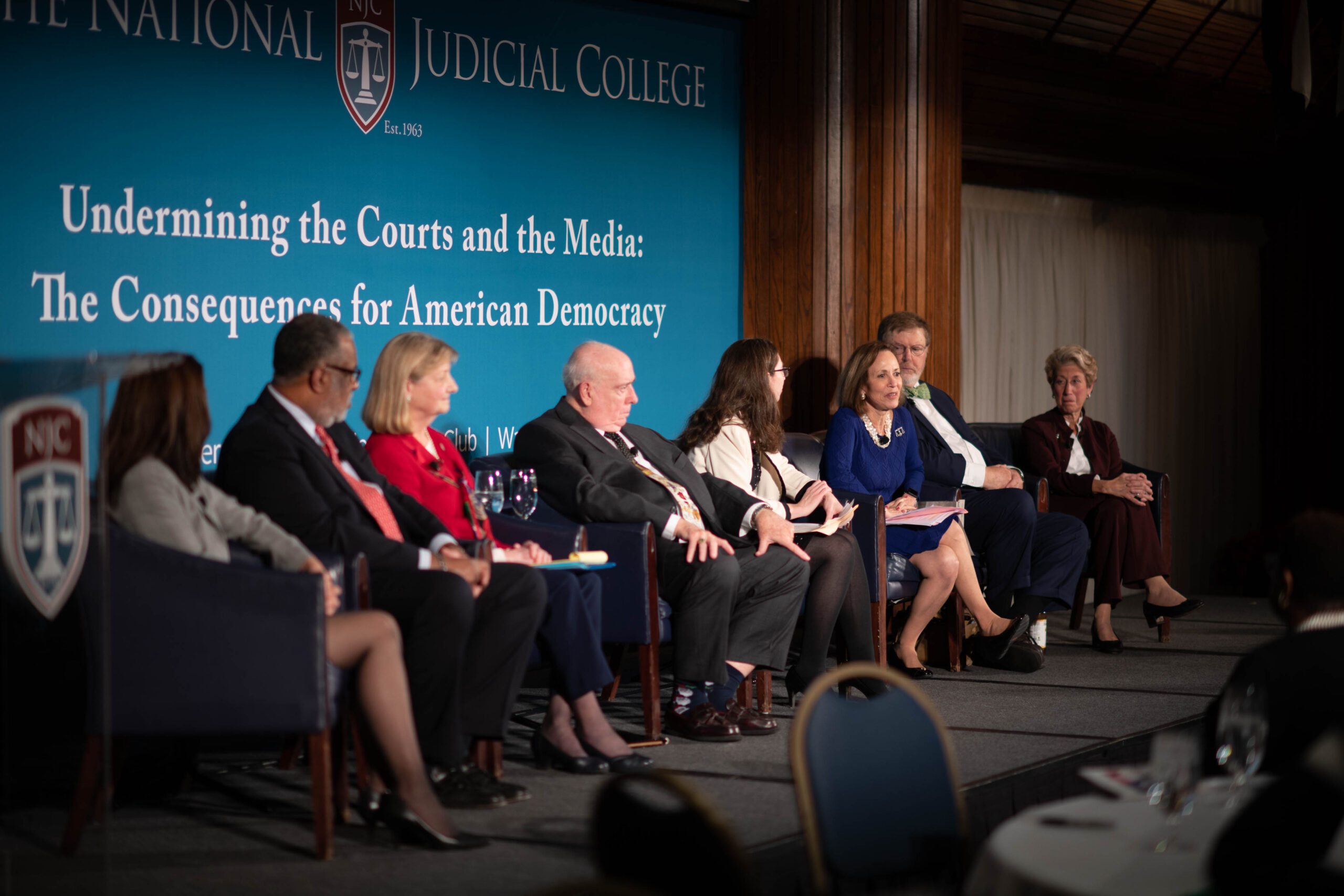
CHICAGO – The American Bar Association Judicial Division announced recently that TheNational Ju...
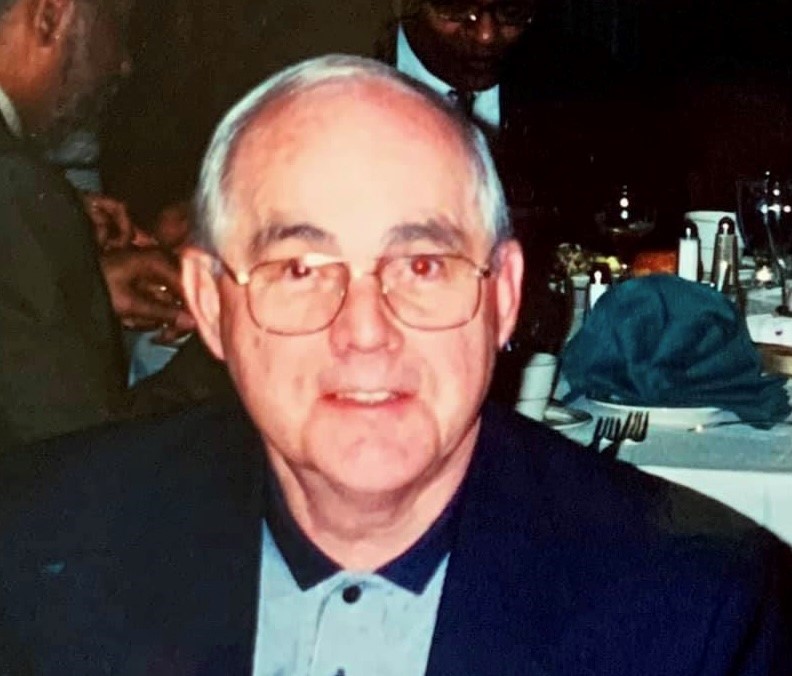
The National Judicial College is mourning the loss of former faculty member Judge Duane Harves, who passed ...

As the world manages an evolving natural environment, The National Judicial College announced today that it...
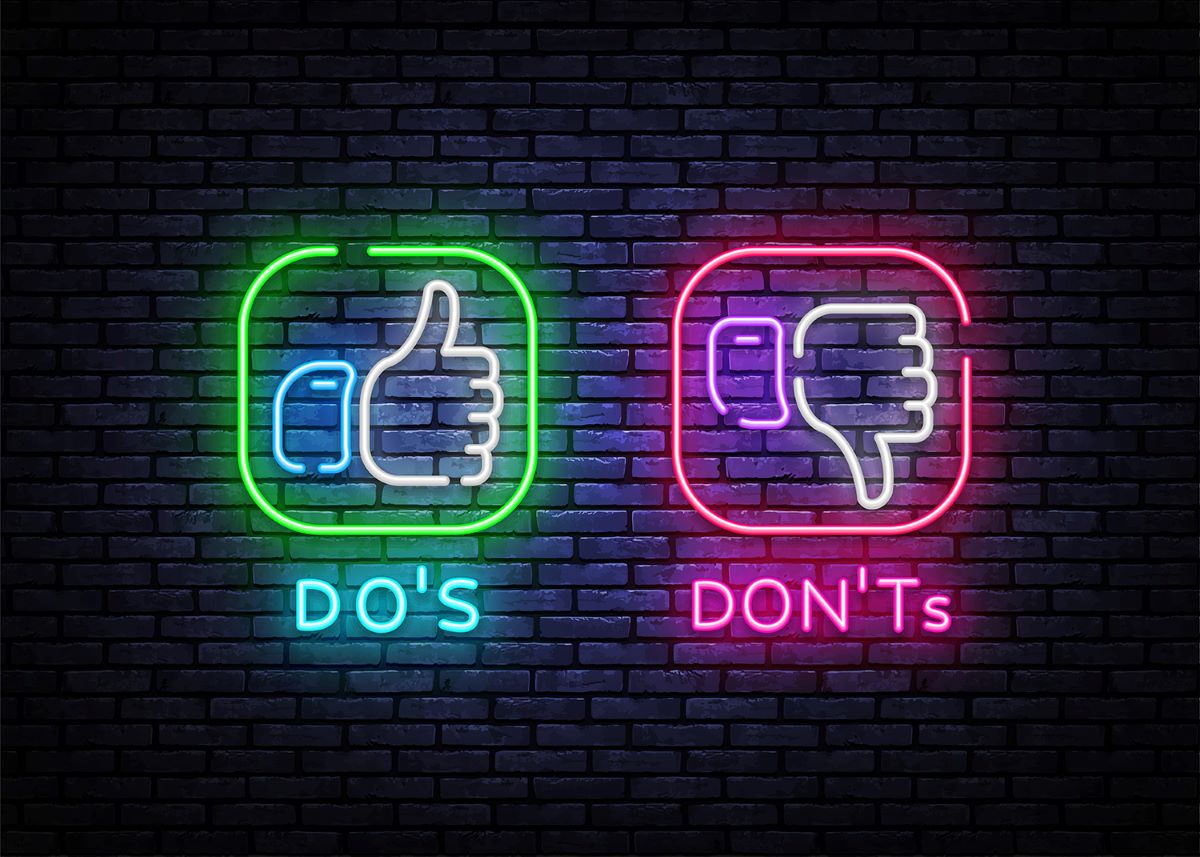
Do’s Manage your cases systematically Devise a system that works for you and your organizational...
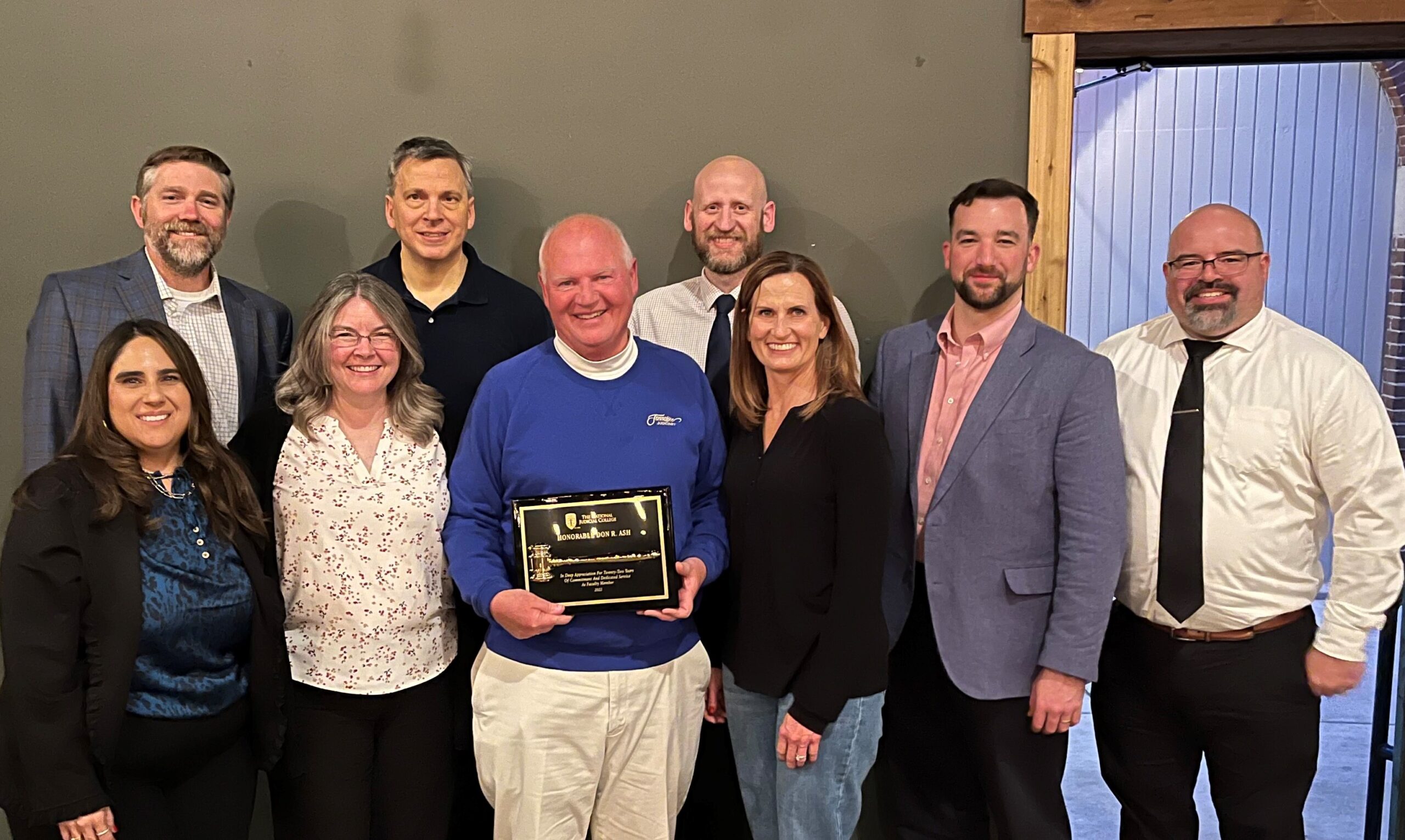
After 22 years of teaching judges, Tennessee Senior Judge Don Ash will retire as a regular faculty member a...